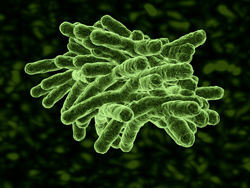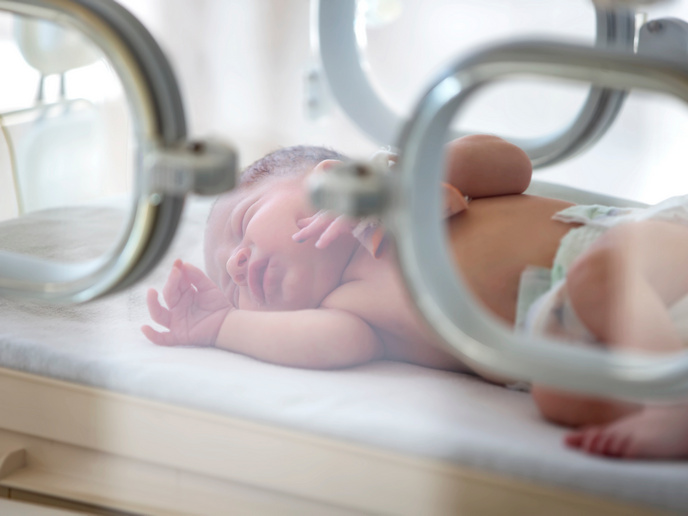Controlling bacterial cell morphogenesis
A fundamental question in cell biology is how a cell determines and regulates its shape. The current notion is that the cell is dynamically divided into compartments with the cytoskeleton playing a central organiser role by spatially coordinating key cellular functions. Discovery that bacteria possess an actin-like (MreB family) cytoskeletal structure that may regulate cell morphogenesis has led to the design of the EU-funded ‘Control of cell morphogenesis: Bacterial cell wall and actin-cytoskeleton’ (SHAPE) project. The key objective of the study is to elucidate the factors controlling bacterial cell wall morphogenesis and to determine the different functions of the bacterial cytoskeleton and the mechanisms underlying them. The actin-like MreB protein family is believed to form a filamentous network within bacterial cells, coordinating the movement of chromosomes or other macromolecules, thus playing a role analogous to the eukaryotic cytoskeleton in trafficking. However, the mechanistic details and the effectors used by MreB proteins to fulfill these roles remain to be elucidated. Using the Gram-positive bacterium Bacillus subtilis as a model, the SHAPE team is proposing to unmask MreB-binding proteins, targets and effectors and determine the spatio-temporal organisation of the MreB cytoskeleton. Results so far indicate that MreB do not form extended filaments in vivo but instead generate patches that move perpendicularly to the long axis of the cell. This also suggests that the movement of MreB is powered by the cell wall-synthesising complex. The SHAPE project is looking into the determinants of cell shape, concentrating on the role of the MreB cytoskeleton. Apart from providing valuable insight into the underlying mechanisms that regulate MreB dynamics and function, study results could potentially be utilised as novel antimicrobial targets.







